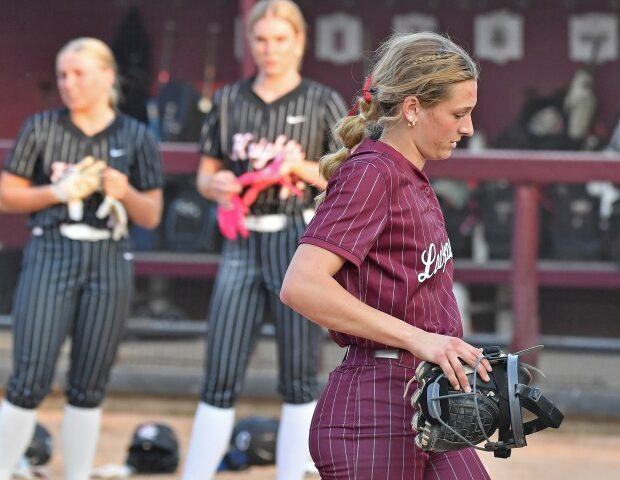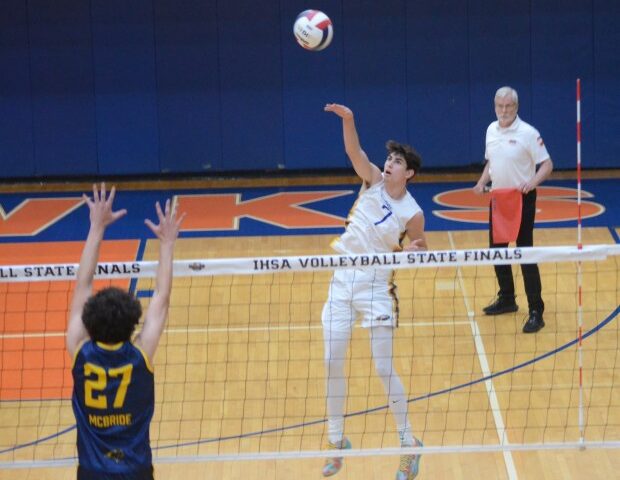With property taxes due last week and a new report that the Cook County assessor misclassified many properties and thus created higher payments for others, property taxes are on the minds of many.
Despite the fact that south suburban taxpayers generally got hit harder in the wallet than north suburban taxpayers this year, north suburban and city taxpayers may still wonder why taxes keep going up. Officials say the reasons include residents voting to authorize taxing bodies like school districts to raise their levies, the triennial (every three years) assessment and exemptions granted to some property owners, which mean others have to pay more to make up for them.
Ted Slowik, press secretary for the Cook County Treasurer, said property tax increases in the northern suburbs, which include Norridge, Skokie, Park Ridge, Niles, Glenview, Evanston, Arlington Heights and all others north of North Avenue, were “relatively modest” when compared to the south suburbs, which saw 20% to 30% increases to their tax bills from the 2022 to the 2023 tax year stemming from the Cook County Assessor’s assessment of their homes.
According to information from the Cook County Treasurer’s Office, the median residential property tax bill went up by 3.2% to $7,200 throughout the northern suburbs (defined as all Cook County suburbs north of North Avenue) from the 2022 tax year to the 2023 tax year.
The property taxes billed for all properties (residential and commercial) in the northern Cook County suburbs increased 3.97%, from $5.37 billion for 2022 to $5.58 billion for 2023.
Property taxes for nearly 343,000 homeowners in the northern suburbs went up, but went down for 66,400 homeowners, according to the treasurer’s office.
Niles Township Assessor Scott Bagnall addressed some of the reasons a homeowner might have a higher tax bill this year.
One is that voters might have approved a referendum, or ballot question, that permits a taxing body, such as a school district or village, to raise their tax levy to pay for a specific high-dollar-amount project, such as a new school.
Bagnall said the real cause of property tax bills are what he calls a “burden shift,” or the three-year cycle called the triennial assessment, made by the Cook County Assessor’s Office. The office evaluates properties in the northern suburbs north of North Avenue one year, in the south and west suburbs the next year, and the City of Chicago in the third year. The three-year cycle then continues.
Bagnall explains that the shift in who has to pay increases in property taxes is greatest from commercial properties to residential properties, or residential to commercial. When commercial properties are taxed at a higher value, residential properties could see decreases in property tax bills. When those same commercial properties are taxed at a lower value, that’s when residential properties could see a hike in their property tax bills.
“Huge tax bills generally come from a redistribution of value and property moreso than you see it from the levies,” Bagnall said “Although, you know, questioning the levy would be a good idea.”
Bagnall also said exemptions play a much larger part in property taxes than most people realize. “If people knew the true cost of exemptions, they’d probably have heart attacks,” Bagnall said. “People think that if you get an exemption, and let’s say your tax bill is reduced by $1,000, that the $1,000 just disappears, poof. Well, it doesn’t, it gets put back into the pile (of tax revenue that needs to be collected) and everybody else is paying for it,” he said.
The north suburbs were last assessed in 2022 and saw a 34% decrease in their assessed market value from a year prior in Niles Township, Bagnall said. The 2021 median sale price for single-family homes in Niles Township was $385,000; it was $215,000 for condos, and $546,000 for small apartment buildings. In 2022, it was $360,000 for single-family homes, $210,000 for condos and $490,000 for small apartment buildings.
The assessor’s office does not calculate median home values by municipalities, but rather by neighborhood codes. The median values for condos, multi-family properties, single family homes for Maine and Niles township by neighborhoods can be found online at https://www.cookcountyassessor.com/maine-2022-residential and https://www.cookcountyassessor.com/niles-2022-residential.
Voters in the Park Ridge area have approved some large spending projects in recent years, and Park Ridge-Niles School District 64 is likely to ask property owners in its district for $92 million on the Nov. 5 election ballot to renovate schools.
In 2018, Maine Township voters approved a $195 million referendum to improve Maine Township High School District 207 schools. And in 2022, Park Ridge and Niles residents approved a $33.4 million referendum to improve the Oakton Ice Arena and turn it into a sports complex.
The Board of Education of Park Ridge-Niles School District 64 at its Aug. 17 meeting will decide whether or not to put the $92 million referendum on the ballot.
In Illinois, most public school districts receive around 53% of their funding from property taxes, Assistant Superintendent for Business for District 207 Mary Kalou said. However, school districts in Maine Township, and many other northern suburbs, receive around 85% of their funding from property taxes because the school districts are in what she called a high-wealth area.
In addition, Park Ridge-Niles School District 64 raised its levy by 5.72% from its fiscal 2023 to fiscal 2024 budget at its board meeting in December 2023, District 207 raised its levy by 6.78% from its fiscal 2023 to fiscal 2024 budget at its board meeting in December 2023 and Niles Township High School District 219 raised its levy by 7.4% from its fiscal 2023 to fiscal 2024 budget at its board meeting in December 2023.




